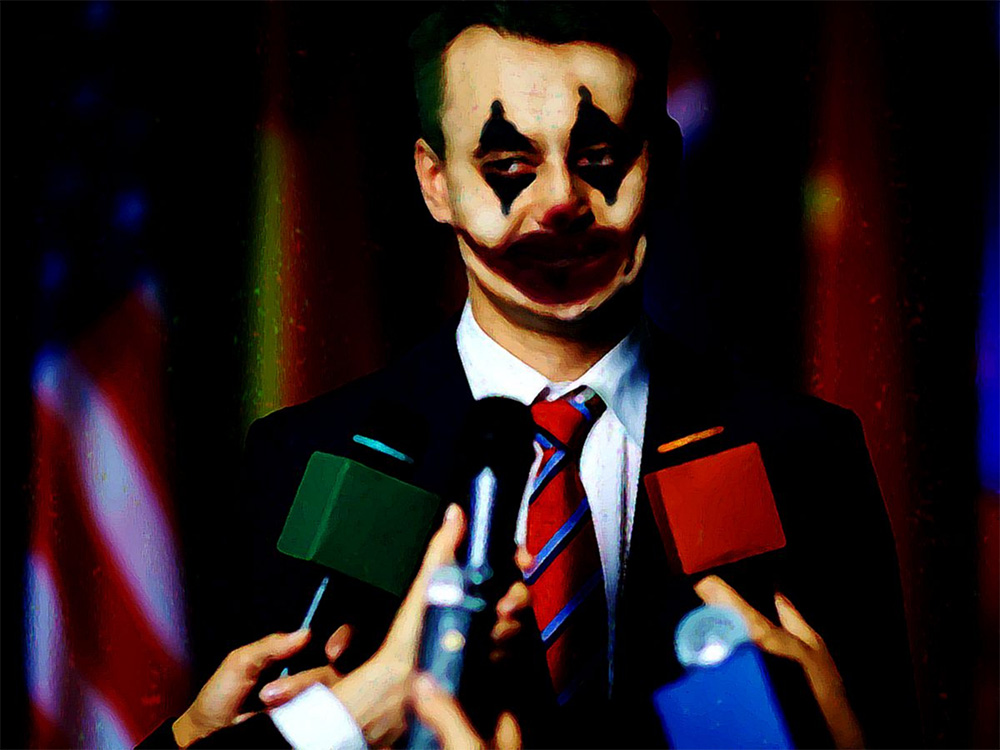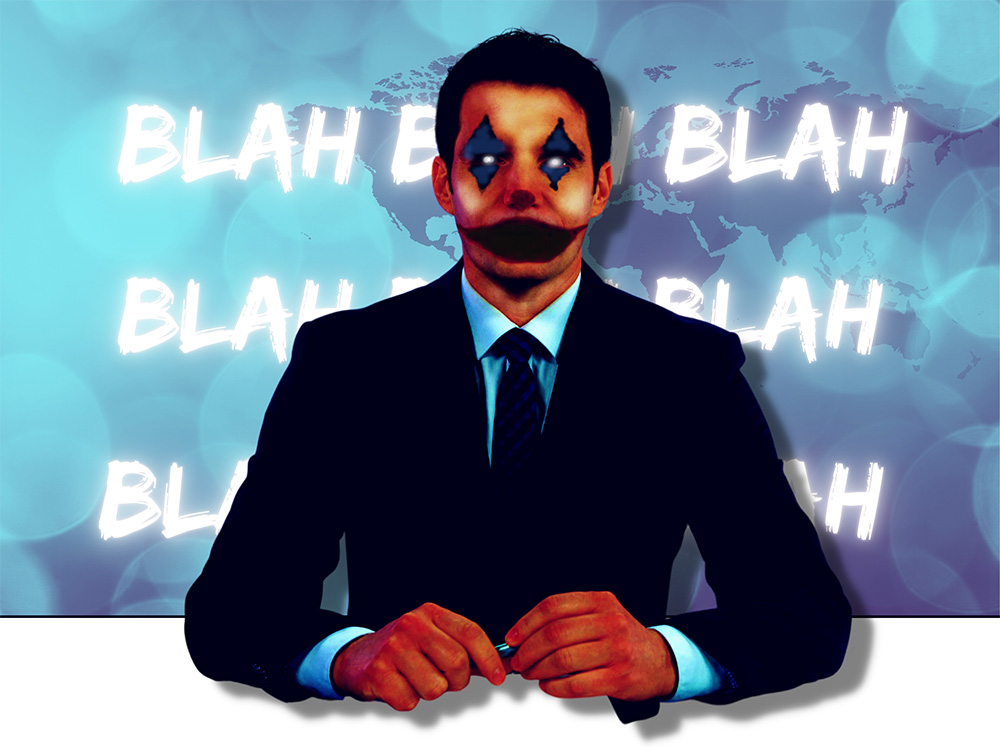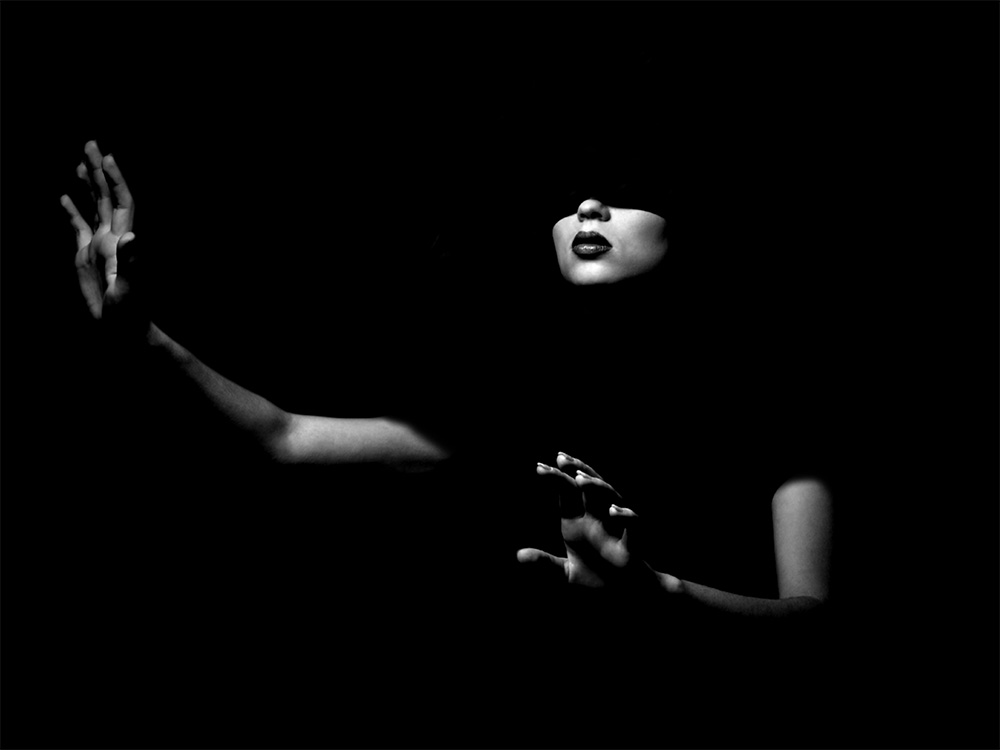The art of Desert Lashes at first glance creates an impact through image, color, brightness, and icon. But behind all that, there is a degree of satire or irony about the values of contemporary society through the images used.
In his works, we find the influence of contemporary pop art, urban art, and digital art. This inspiration is not casual. These artistic currents have emerged at different times as an alternative formula to the established culture. Being counter-cultural implies being different from what the canons mark, and that is still fundamental to encourage rebellion and dissident thinking as expressed by the pieces of Desert Lashes.
Behind the anonymity hides an Israeli underground artist, born in 1978, who escapes the traditional art circuits from the value of the experimental and alternative. His style is mainly influenced by artists such as Andy Warhol, Dali, Banksy, Sebastian Bourdon, and Pink Floyd. The artist created his style that celebrates freedom of expression.
In his “Jokers” series, the artist’s sense of satire can be seen. In these works, Desert Lashes adapts iconic characters of the contemporary era such as the Statue of Liberty, or Queen Elizabeth II with the characteristic smile of the fictional DC villain. Portrayed as clowns, the figures have a wide red smile and black painted eyes, whose lines are reminiscent of graffiti aesthetics. Inspiration from 60s pop art can also be seen in this series. From the vibrant colors to the references to pop culture, the artist exposes the excess of networks and media, consumption, banality, vanity, fanaticism for media characters, politics, among others. This shows us that pop has remained in time, and continues to be present in different areas.

“VERY IMPORTANT” from Jokers series original hand-signed digital art print 50cm x 40 cm limited edition artwork. © Desert Lashes
“Jokers” is clearly reminiscent of non-conformist art, and very conscious of the reality of our society. Without making an explicit social criticism, his works are the plastic manifestation of a culture that is characterized by several factors such as vertiginous consumption, technology, leisure, and fashions, democracy; in other words, everything is manufactured, packaged, and ready to be sold. Our culture is superficial, it is inexpressive and impersonal, and it is visually saturating. It is almost a religion with its icons (advertising logos), its saints (celebrities), and its liturgies (consumerism) that anesthetize us to forget the serious problems that beset us.

“BLAH BLAH BLAH” original hand-signed digital art print 40cm x 30 cm limited edition artwork. © Desert Lashes
Desert Lashes’ aesthetic resorts to the simple and banal forms of this art. It is characterized by the use of images and themes taken from consumer society and mass media, or from everyday reality. The intervention, in this case, consists of removing these elements from their usual context in order to, by isolating or combining them with another; highlight some banal or kitsch aspect. Hence, the irony and satire of his artistic interventions are used as an instrument to question the values and ideas rooted in the consumer society.
But the works of Desert Lashes are not only a symptom of the times. It is also a reaction to the canons of traditional fine art. The artist also has a series called “In the Dark”, composed of black and white works, which move away from the colorful aesthetics of his previous creations. These are compositions that portray human complexity through the play of light and shadow. These works, beyond their interesting treatment, only demonstrate the artist’s versatility.
The images created for “In the Dark” contain stories that show his own metaphorical proposal, they invite us to explore surreal worlds built on the basis of the harmonic. In the narrative created by the artist’s images, we can see the expressions of the body and the faces without eyes. His pieces are able to transfer thoughts and dreams from his head to the work.

“IN THE DARK” original hand-signed print digital art print 40cm x 30 cm limited edition artwork. © Desert Lashes
This series captures the essence of surrealism, an artistic current that has greatly influenced the artist. Although in its beginnings it was a literary movement, surrealism transferred to the visual arts is often incongruous, oneiric, and very original. This type of art tries to reflect the subconscious, in which the imagination is captured in its rawest state, unhindered by the mind or reason. It is based on the belief in a superior reality, in the omnipotence of the dream and the real functioning of thought, outside of all aesthetic and moral concerns.
Artists such as Dalí, Eluard, Miró, or Buñuel joined surrealism during the 1920s along with a multitude of other artists. But there is no single style of making surrealist art, and as can be seen in the series for “In the Dark”, the artist shows his most individual side, giving free rein to his creativity and uniqueness.
Beyond the artistic style of Desert Lashes, both the message of his work and his concept as an artist are reflected in the authenticity of his art. Unlike Warhol, a key figure in 20th-century art, who approached the prototype of the self-promoting “businessman”, Desert Lashes remains anonymous and moves into alternative practices, as well as his recent foray into NFT art that is challenging the traditional art system.
To view more of Desert Lashes’ previous artwork, visit Instagram or on Desert Lashes art website desertlashesart.com and subscribe to Desert Lashes art site for updates.





